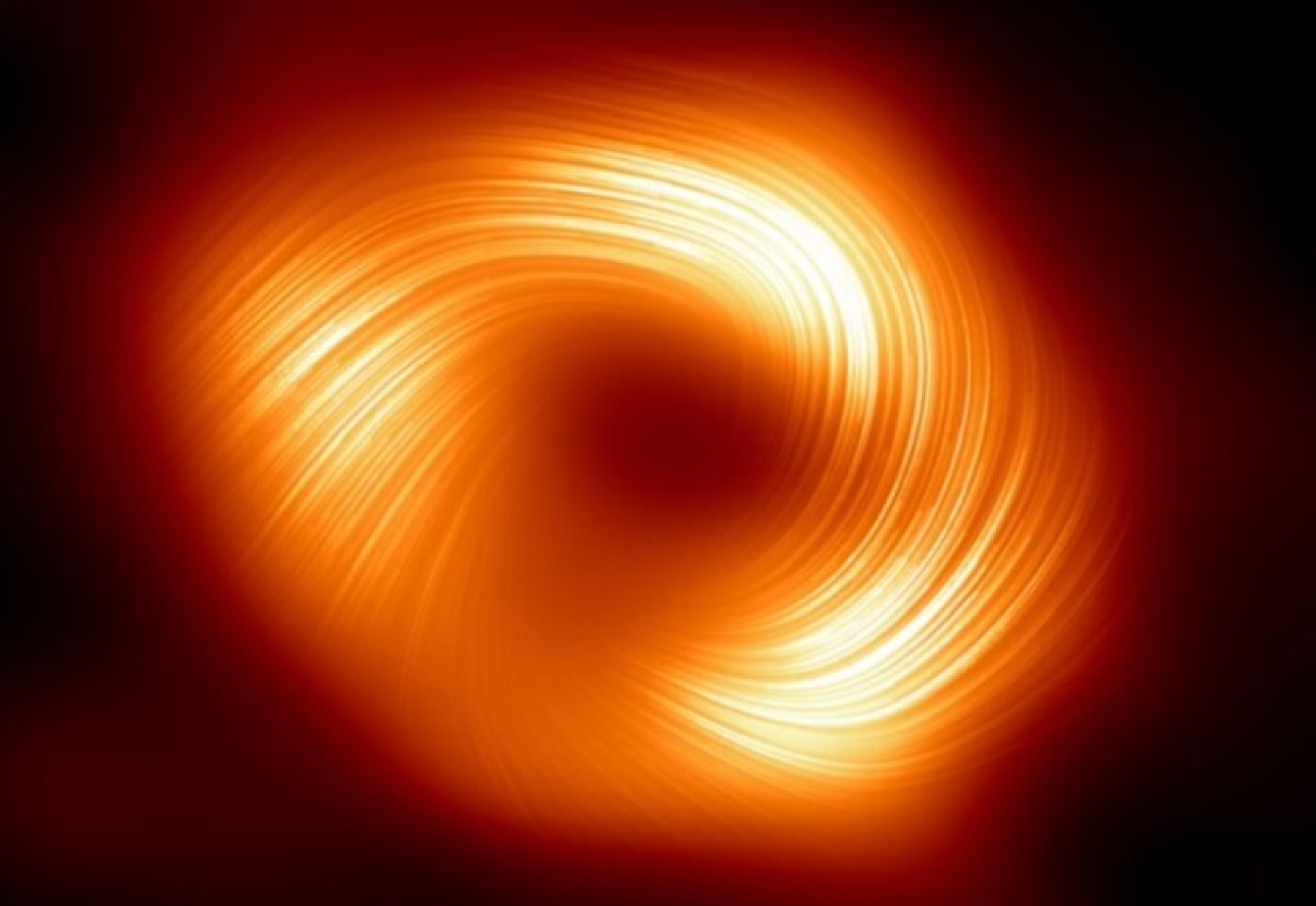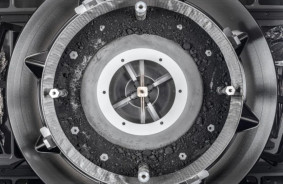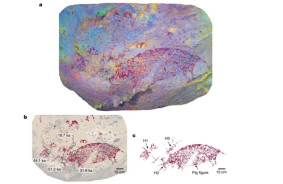Since the 1980s, physicists have claimed that there is a supermassive black hole at the center of the Milky Way, but its first "photo" was obtained only two years ago (and another one now) — thanks to the Event Horizon Telescope (EHT).
This time, astronomers observed Sagittarius A for the first time, located approximately 27,000 light-years from Earth, in polarized light, and captured its twisted magnetic fields, which surround it — remarkably reminiscent of another "snapshot". In reality, the only way to "photograph" a black hole is to depict the shadow casting light when it bends under the influence of the powerful gravitational field of the object. EHT, which shows the supermassive black hole M87.
Astronomers suggest that strong and well-organized magnetic fields may be common to all black holes. Moreover, since the magnetic fields of M87 induce powerful streams or "jets" — Sagittarius A may have its own hidden but weaker jet.
"This new image, along with the remarkably similar polarization structure that can be seen in the much larger and more powerful black hole M87, shows that strong and organized magnetic fields are crucial for how black holes interact with gas and matter around them," says Sara Issaoun, co-lead author of the study and researcher at the Center for Astrophysics at Harvard University and the Smithsonian Institution.
EHT is not just a telescope, but a whole array of observatories scattered around the world: the Atacama Large Millimeter/submillimeter Array, the Atacama Pathfinder Experiment, the 30-meter IRAM telescope, the IRAM NOEMA Observatory, the James Clerk Maxwell Telescope, the Large Millimeter Telescope, the Submillimeter Array, the Submillimeter Telescope, the South Pole Telescope (SPT), the Kitt Peak Observatory, and the Greenland Telescope.














Comments (0)
There are no comments for now